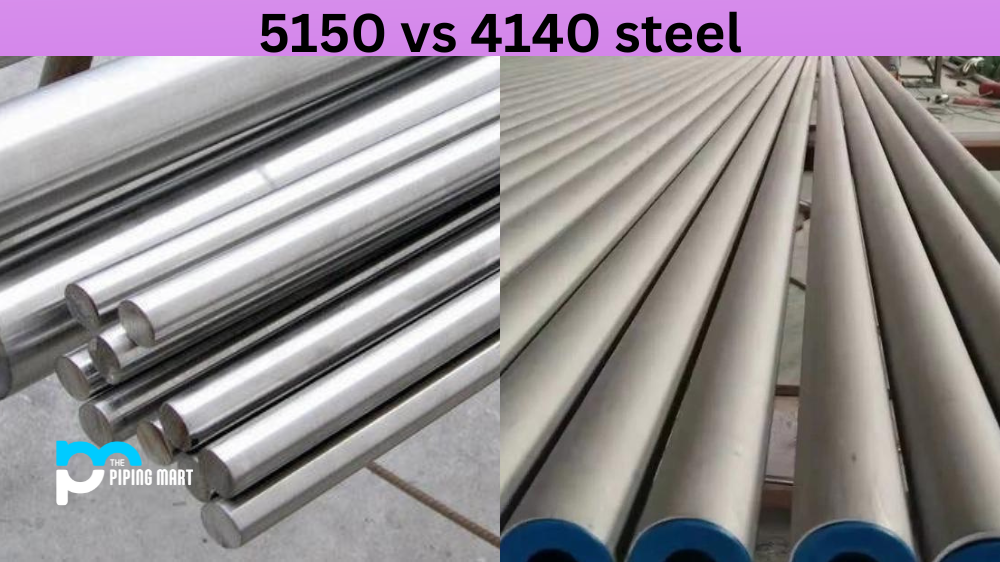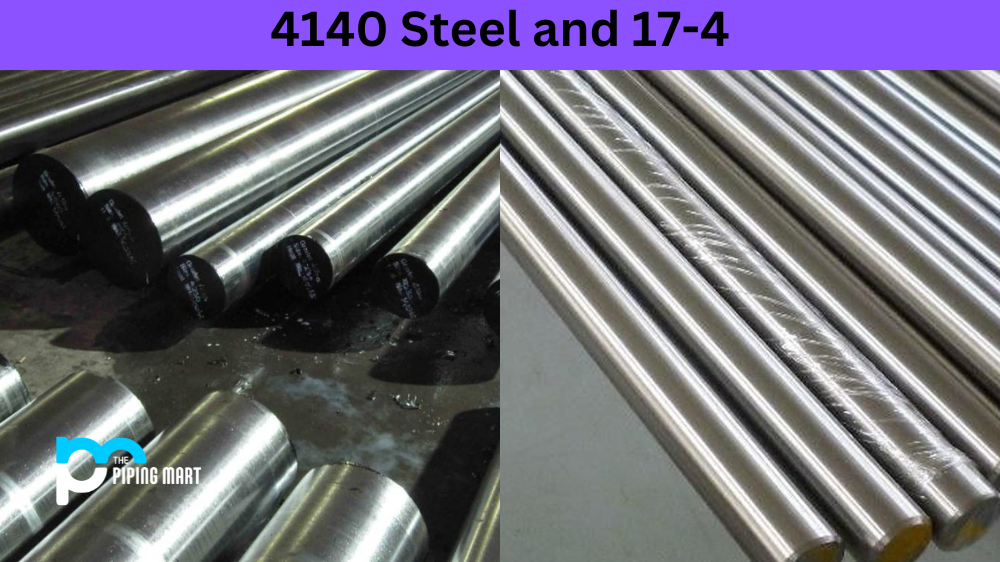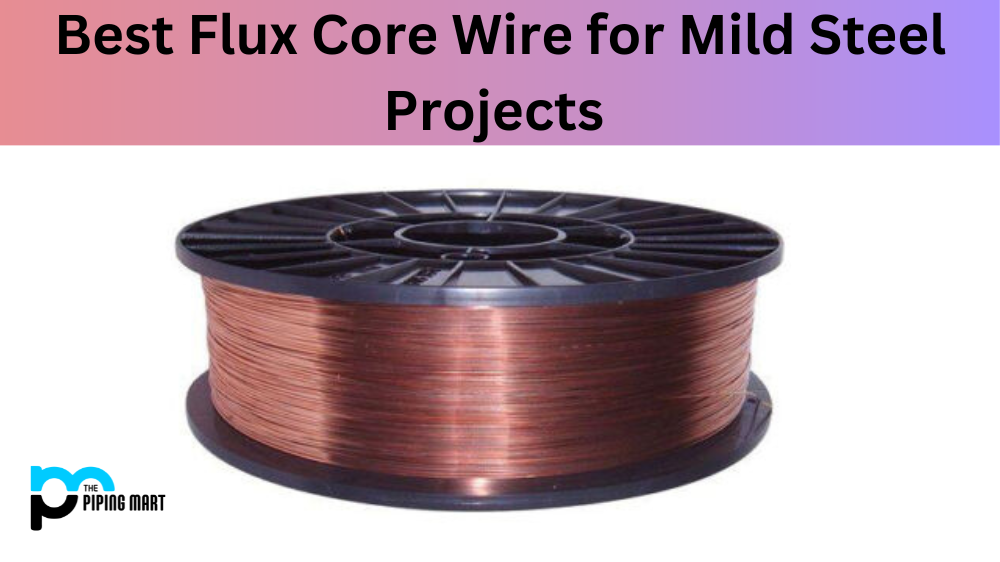When choosing the right steel type for your project, it’s crucial to know the differences between the various types available in the market. In this blog post, we’ll look at two commonly used steel types – 5150 and 4140 – to help you make an informed decision. Both steels have unique properties that make them suitable for specific applications. So, read on to discover the differences and which is best suited for your project needs.
Difference Between 5150 and 4140 steel
Chemical Composition
One of the primary differences between 5150 and 4140 steel is their respective chemical compositions. 5150 steel comprises 0.48-0.53% carbon, 0.70-1.00% manganese, and 0.15-0.35% silicon. On the other hand, 4140 steel contains 0.38-0.43% carbon, 0.75-1.00% manganese, 0.15-0.35% silicon, and 0.80-1.10% chromium. These differences in chemical composition affect their mechanical properties, such as strength, toughness, and hardness.
Strength and Wear Resistance
Regarding strength and wear resistance, 4140 steel is generally superior to 5150 steel. 4140 steel has a higher carbon content and includes chromium, which improves hardenability, strength, and wears resistance. Due to its high strength and toughness, 4140 steel is widely used in heavy machinery, automotive parts, and machinery parts subjected to high stress and wear.
5150 steel is a low-alloy steel that provides good strength and toughness. However, it could be more durable compared to 4140 steel due to its lower carbon content. Therefore, it’s better suited for low to moderate-stress applications, such as gears.
Machinability
Another factor to consider when choosing between 5150 and 4140 is their machinability. 4140 steel is more difficult to machine than 5150 steel due to its higher carbon content, which makes it harder and more susceptible to cracking. 5150 steel, on the other hand, has a lower carbon content and is easier to machine. Therefore, it’s more suitable for applications that require good machinability, such as drill collars and bolts.
Cost
The cost difference between 5150 and 4140 steel can also be significant. As a low-alloy steel, 5150 steel is more affordable than 4140 steel, which contains chromium and higher carbon content. Therefore, 5150 steel might be a better option for projects with budget constraints.
Conclusion
In conclusion, 5150 and 4140 steel sheets have unique properties and advantages, depending on the specific project needs. If you’re looking for steel with high strength, durability and good wear resistance, 4140 steel is the way to go. However, if machinability and cost-efficiency are more critical factors, 5150 steel is the better choice. Ultimately, the decision concerns your specific requirements, such as the application, budget, and project constraints. Always consult a professional to help you make an informed decision when in doubt.
Rachana is a dedicated and ambitious young woman who has made a name for herself in the metal industry. From her earliest days in the industry, Rachana showed a natural talent for problem-solving and a keen eye for detail. In her free time, She enjoys reading up on the latest advancements in the industry, as well as exploring new ways to innovate and improve upon existing processes.




